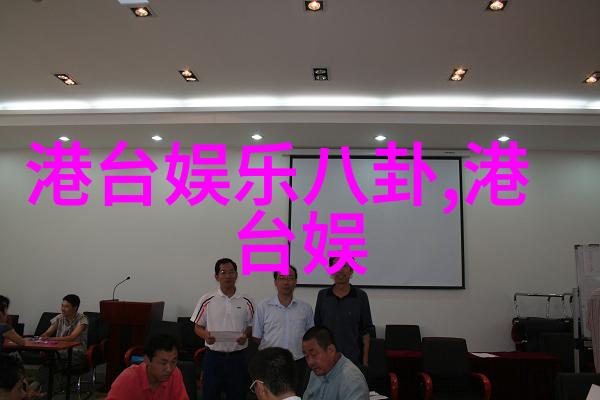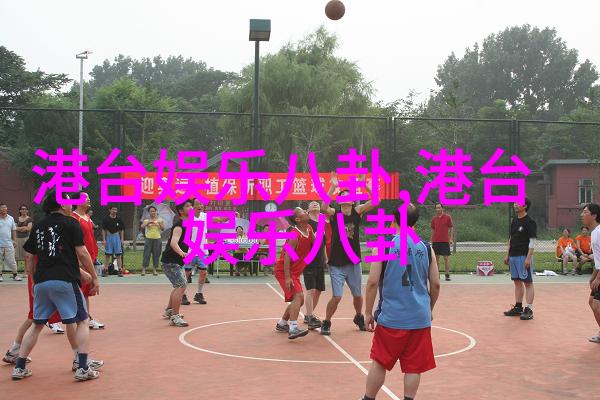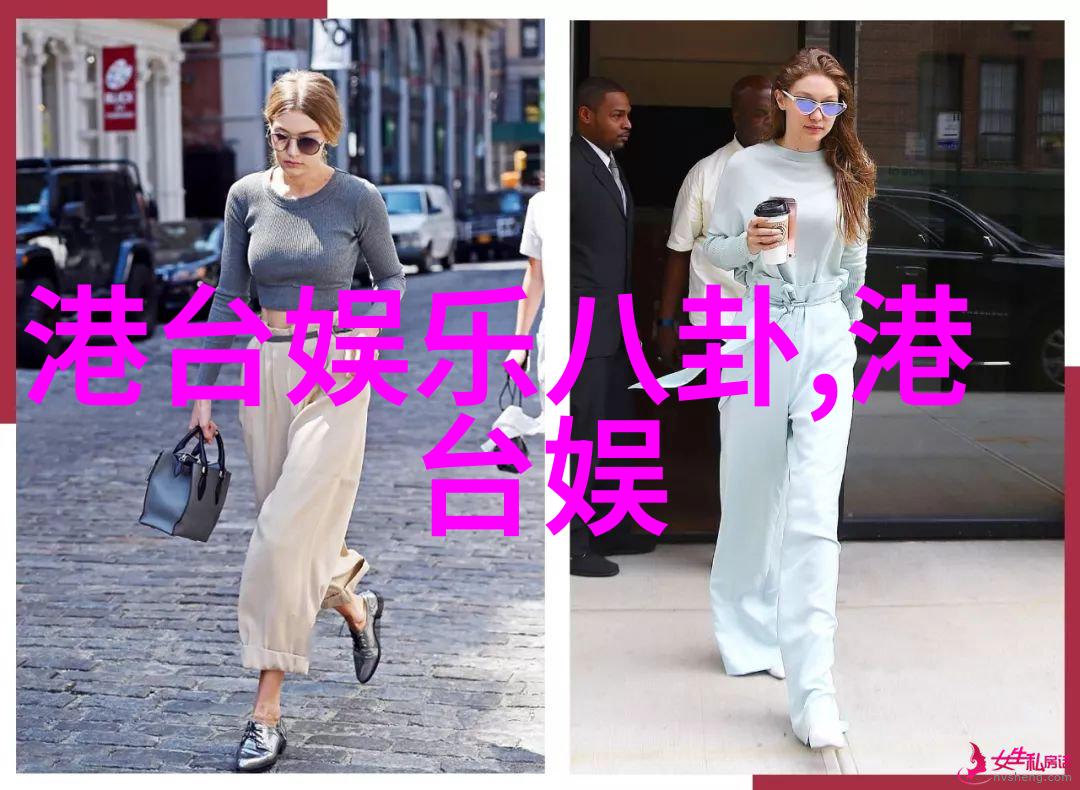Runway Rhapsody The Evolution of Fashion Terminolo
Runway Rhapsody: The Evolution of Fashion Terminology in English

The world of fashion is a dynamic and ever-changing landscape, where trends come and go like the seasons. But beyond the clothes themselves, there's another story to be told - that of the language used to describe them. From haute couture to streetwear, from catwalks to closets, English has become the lingua franca of fashion terminology. In this article, we'll explore how this came to be and what it means for our understanding of style.
Haute Couture: The Birthplace of High Fashion

Haute couture is often considered the pinnacle of fashion design - bespoke creations made by hand for individual clients. This term originated in France during the late 19th century as a way to describe these exclusive garments. Over time, it was adopted into English and became synonymous with high-end fashion worldwide.
Ready-to-Wear: A Shift Towards Accessibility

In contrast to haute couture lies ready-to-wear - mass-produced clothing designed for wider audiences rather than individual clients alone. This term emerged in response to changing consumer demands for more affordable yet stylish options during the early 20th century.
Streetwear: A Rebellion Against Mainstream Style

Streetwear started as an underground movement among skateboarders and hip-hop fans who rejected mainstream fashion norms in favor of casual comfort mixed with bold graphics or logos from popular brands like Nike or Adidas.
4.Fashion Week: Where Trends Are Born

Fashion week events held annually around the globe are essential platforms where designers showcase their latest collections on professional models strutting down runways (catwalks). These events have become crucial for setting seasonal trends across various industries such as beauty products or accessories alongside apparel itself.
5.The Rise Of Sustainable Fashion Terminology
With growing environmental awareness comes a new wave of terminology centered around sustainability within fashion circles - eco-friendly materials (like organic cotton), upcycling/recycling initiatives, second-hand shopping campaigns ("buy nothing new"), etc., all contribute towards making sustainable choices easier accessible through simple labels or phrases incorporated into everyday conversations about clothing choices today.
6.Closet Culture & Influencer Speak
Social media platforms have led an explosion in specialized slang related specifically within personal style spaces such as "wardrobe staples," "ootd" (outfit-of-the-day posts), #fashioninfluencers promoting specific looks tailored towards niche groups while building brand partnerships along their journey toward becoming celebrities themselves – all these elements combined paint a vivid picture reflecting contemporary attitudes toward self-expression via attire which now extends far beyond traditional boundaries set by industry professionals only decades ago when considering "时尚 英文".



